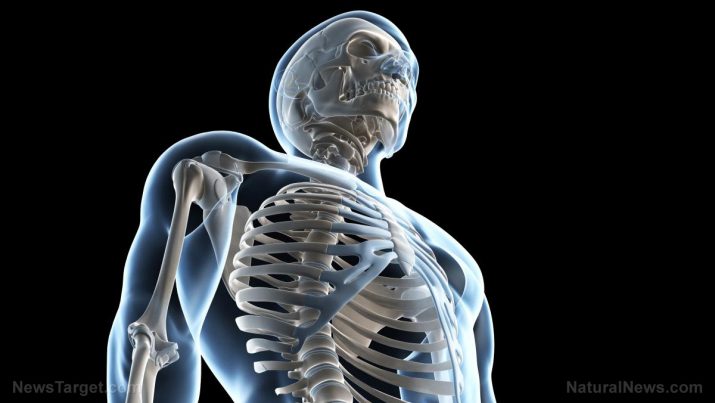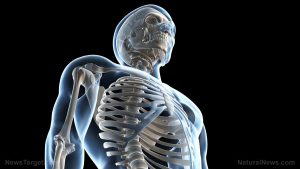
Osteochondroma – causes, side effects and treatments at NaturalPedia.com
Wednesday, July 11, 2018 by Michelle Simmons
http://www.naturalpedia.com/osteochondroma-causes-side-effects-and-treatments-at-naturalpedia-com.html

Osteochondroma is an overgrowth of cartilage and bone that develops at the end of the bone near the growth plate. In most cases, the condition affects the long bones in the leg, the pelvis, or the shoulder blade. Osteochondroma is the most common noncancerous bone growth. It most often occurs in people between ages 10 and 30. The cause of osteochondroma is still not known, although it can be inherited. Osteochondroma is also referred to as osteocartilaginous exotosis or just exotosis.

Known side effects of osteochondroma
The known side effects of osteochondroma include a painless hard mass that does not move, lower-than-normal height for age, a leg or an arm that is longer than the other, pressure or irritation with exercise, and soreness of the nearby muscles.
Other side effects of osteochondroma include blockage of blood vessels due to pressure from the mass, causing damage to surrounding tissues, thrombosis or arterial pseudo-aneurysms, and pain at the site of the mass.
Body systems harmed by osteochondroma
The body system harmed by osteochondroma include the skeletal system.
List of foods or nutrients that prevent osteochondroma
There is no information on what foods or nutrients prevent osteochondroma.
Treatments, management plans for osteochondroma
Treatment for osteochondroma may require surgical excision to remove the tumor if the osteochondroma causes pain, puts pressure on a nerve or blood vessel, and has a large cap of cartilage. In some cases, osteochondroma may not require any treatment.
Where to learn more
- Coconut oil: A true Magic Bullet
- Popular bone drugs double cancer risk
- How to Become a Podiatrist
- Natural Treatments of Spinal Arthritis
- Adding fluoride to public water may cause bone cancer in some, warns expert
Summary
Osteochondroma is an overgrowth of cartilage and bone that develops at the end of the bone near the growth plate.
Osteochondroma affects the long bones in the leg, the pelvis, or the shoulder blade.
Osteochondroma causes a painless hard mass that does not move, lower-than-normal height for age, a leg or an arm that is longer than the other, pressure or irritation with exercise, and soreness of the nearby muscles.
Osteochondroma may also cause blockage of blood vessels due to pressure from the mass, causing damage to surrounding tissues, thrombosis or arterial pseudo-aneurysms, and pain in the area of the mass.
Osteochondroma can be treated with surgical removal of the tumor.
Sources include:
Tagged Under: Tags: Osteochondroma





